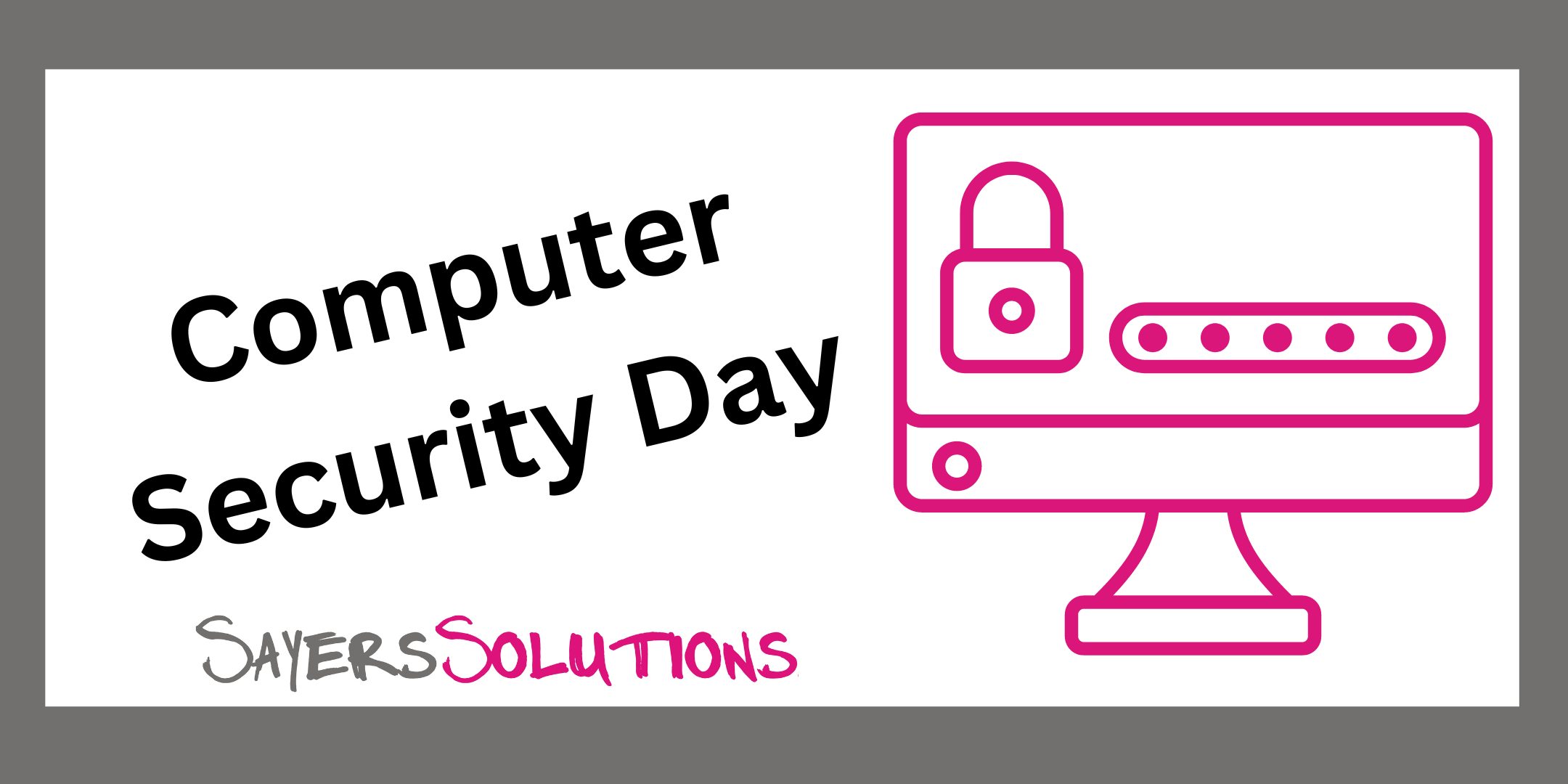Computer Security Day

Its the last day of November once again, the nights are long, days are dreary, and it is the 34th Computer Security Day. So we thought we would invite our friends at UndoIT Support to write us a Guest Blog about it.
Here is what Stan had to say –
Starting in 1988 after an attack on ARPANET, The Advanced Research Projects Agency Network was the first wide-area packet-switched network with distributed control and one of the first networks to implement the TCP/IP protocol suite. Both technologies became the technical foundation of the Internet.
Even back in 1988 Cybercriminals took advantage of vulnerabilities on the network, software, hardware and humans controlling them, this led to the creation of CERT (Computer Emergency Response Team) on November 14 1988.
Why…
… November 30th? This date was chosen for Computer Security Day as it is in the run up to the holiday season – so that attention on Cyber Security is kept high when people will be distracted by the busy shopping season rather than security threats.
… Is it important?
By “celebrating” CSD individually it gives us all pause for reflection on how we use our computers and our security hygiene routines, for organizations they have the opportunity to educate their employees about best practice when it comes to IT Security.
- Everyone is responsible not only for their own IT Security but for other’s as well, just like if we are ill we stay at home not to infect others the same is true for computer viruses, they spread from one link to another and onto the next machine.
- Assessment & Testing – Your organization should be regularly performing both vulnerability and penetration testing – this allows you to check for any loopholes or gaps in both your policies and infrastructure. Allow you to close them or if that is not possible mitigate against attacks.
How can I be secure?
- Good Password Hygiene – and good hygiene starts with a Password Manager, LastPass, Dashlane, Bitwarden are just three I can think of off the top of my head. This way you only need to remember one password and everything else can be computer generated and secure. A password manager also helps you to detect if you are on a phishing website as it won’t offer to fill in your saved credentials.
- MFA / TFA – using MultiFactor Authentication sometimes known as 2 Factor Authentication this is an extra step that requires a second randomly generated number to be entered to help secure your account in the event of your password being breached.
- Updates, Updates, Updates – keeping not only your Anti-Virus but your Operating System and associated programs such as Office, Browsers etc up to date helps to stop program vulnerabilities being exploited.
- Backup – there has been a recent uptake in Cyber Criminals launching “ransomware” attacks where they encrypt your data and hold the access key to ransom. Having a backup routine in place can help prevent loosing access to your data.
- Education – Security Awareness training can help both individuals and organizations understand cyber security and help to protect your data from both human error and social engineering.
